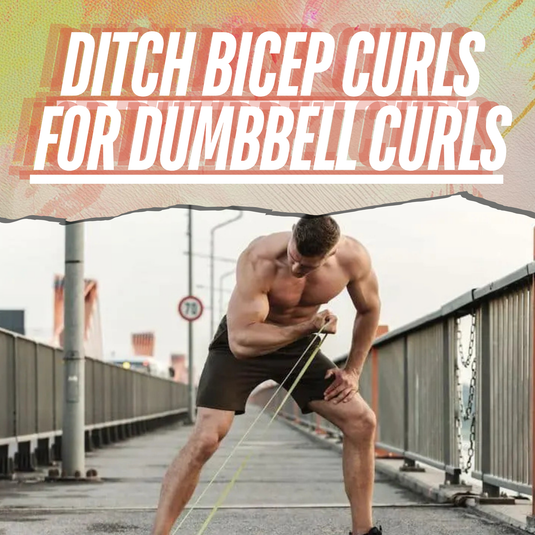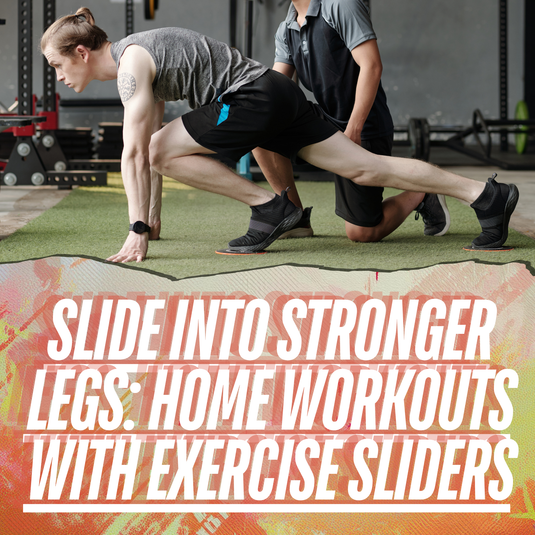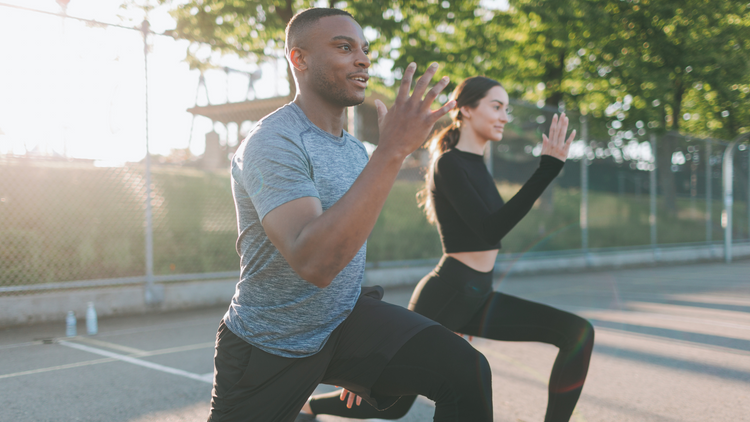Rubber vs Foam Gym Flooring: Which One Should You Choose?

Estimated Read Time: 5 minutes
TL;DR
Rubber flooring is durable, heavy-duty, and made for high-impact workouts. Foam is lightweight, comfortable, and better suited for bodyweight or low-impact activities. Choose rubber for lifting and longevity; choose foam for comfort and temporary use.
Summary
The debate between rubber and foam gym flooring usually comes down to durability versus comfort. This guide breaks down the key differences in materials, performance, cost, and best-use scenarios to help you make an informed decision for your gym space—whether it's a home gym, garage setup, or a commercial fitness studio.
Table of Contents
- Material Comparison: Rubber vs Foam
- Durability and Longevity
- Comfort and Cushioning
- Water Resistance and Cleaning
- Cost and Value
- Best Uses for Rubber vs Foam
- FAQs
- Back to Top
Material Comparison: Rubber vs Foam
- Rubber: Usually made from recycled rubber or virgin rubber. It's heavy, dense, and slightly textured. Known for its superior impact absorption and slip resistance.
- Foam: Typically made of EVA or polyethylene. Lightweight, softer, and often comes in puzzle-style interlocking tiles. Easy to install and replace but more prone to wear and tear.
👉 Shop our full rubber gym flooring collection
👉 See interlocking rubber tiles
Durability and Longevity
- Rubber can last for decades under heavy gym equipment.
- Foam compresses faster and may degrade with repeated use—especially under heavyweights or machines.
- For high-traffic areas, rubber is the clear winner.
🎥 Watch: Rubber vs Foam Flooring Comparison
🛠️ Explore heavy-duty rubber rolls
Comfort and Cushioning
- Foam tiles provide more cushioning underfoot, which can be gentler on joints and better for stretching, yoga, and bodyweight movements.
- Rubber feels firmer, which offers a more stable base for strength training.
- Consider layering a yoga mat over rubber if you want the best of both worlds.
📘 Read: Best Gym Flooring by Workout Type
Water Resistance and Cleaning
- Rubber is naturally water-resistant and can be mopped clean.
- Foam may absorb moisture if seams aren’t sealed and can warp over time.
- Rubber also resists odor better, especially in humid environments.
🧼 How to Clean Your Gym Flooring
Cost and Value
- Foam tiles are cheaper upfront and easier to DIY.
- Rubber has a higher upfront cost but offers long-term savings due to durability.
- Commercial gyms and permanent setups benefit from rubber. Budget-conscious users or renters might prefer foam.
💰 Compare all gym flooring options
Best Uses for Rubber vs Foam
| Use Case | Rubber Flooring | Foam Flooring |
|---|---|---|
| Weightlifting | ✅ Best choice | ❌ Not recommended |
| HIIT / CrossFit | ✅ Great shock absorption | ⚠️ May tear or compress |
| Yoga / Stretching | ⚠️ Can be too firm | ✅ Cushioned and soft |
| Garage gyms | ✅ Handles equipment weight | ⚠️ Only if not heavily loaded |
| Kids play area | ⚠️ Too hard unless topped | ✅ Soft and kid-friendly |
FAQs
Is rubber or foam better for a garage gym?
Rubber is better for long-term durability and supporting equipment weight.
Does foam gym flooring smell?
It may initially have an odor, but it’s generally milder than recycled rubber.
Can I layer foam over rubber for comfort?
Yes. You can place foam tiles on top of rubber for a temporary comfort boost.
Back to Top
❓ Still unsure what’s right for your space?
🔗 Browse all gym flooring options
🛠️ Step-by-step installation guide










